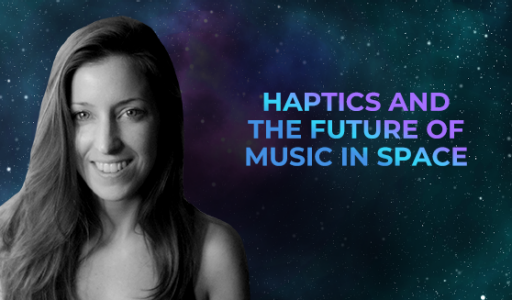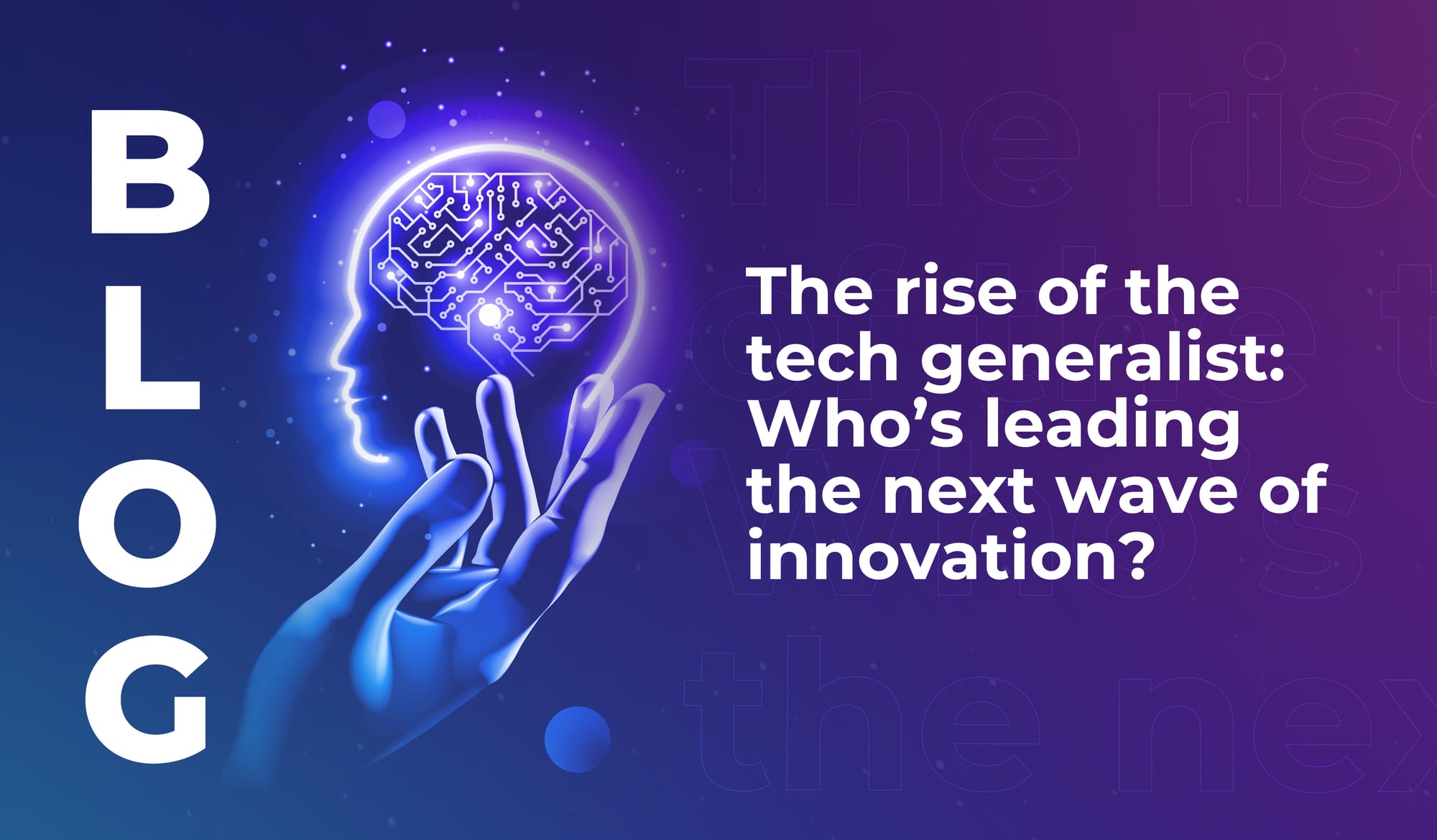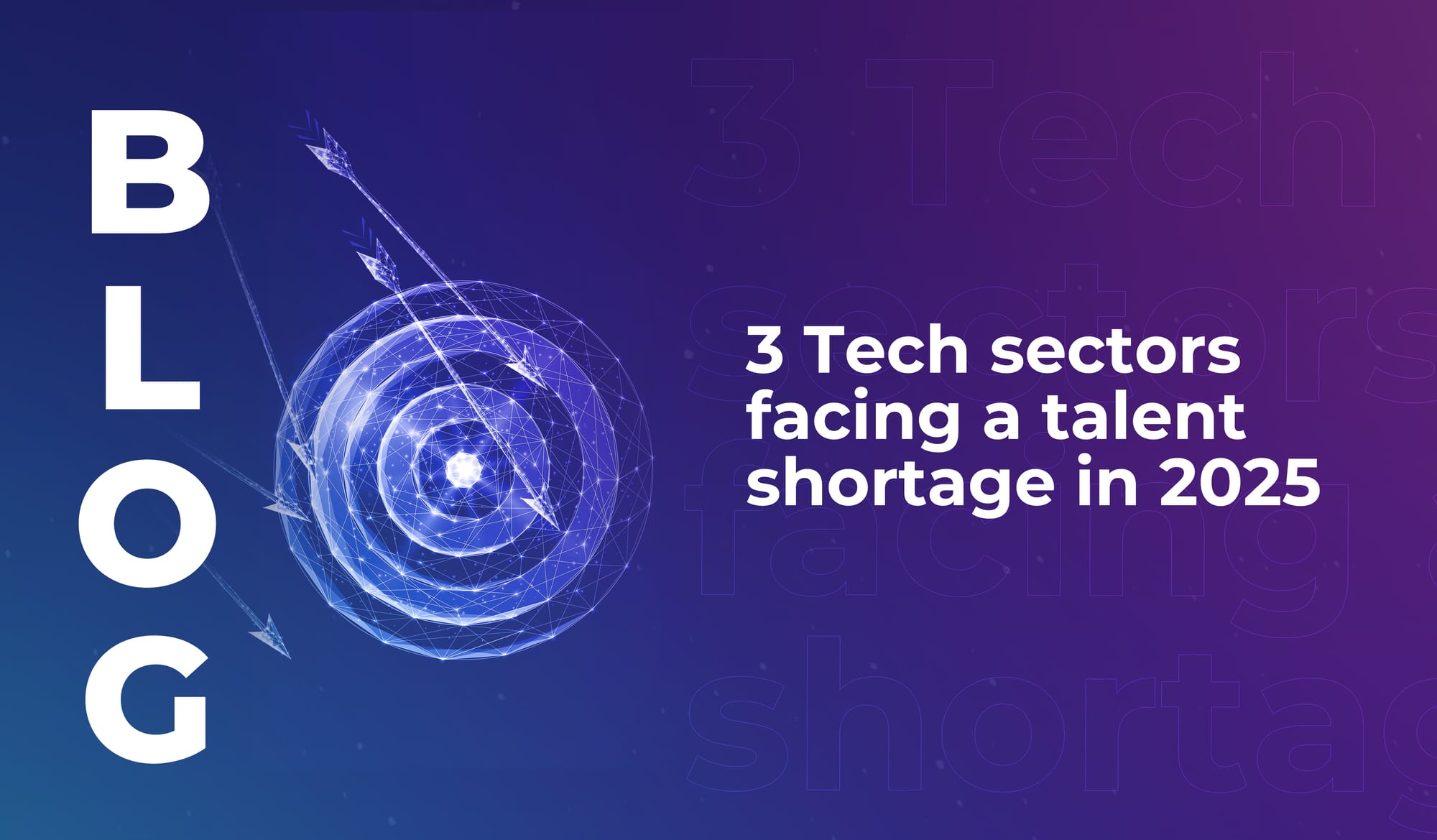
“Every point of light you see here is a galaxy. Each galaxy contains billions of stars. Almost every star has planets orbiting it. And there are more stars in our universe than grains of sand on our planet.”
This was how Maryliz Bender (Founder of Cosmic Perspective) opened her keynote at #LEAP22. And it’s a perspective that has inspired her unusual career as a space documentarian. At present, Bender lives just a few kilometres from Starship, the SpaceX rocket with a mission to build a city on Mars.
“I’ve been interviewing astronauts for years about the profound experience they have when they go to space,” Bender said, “and I’m part of a small community of people that have been researching and designing the ways in which we’ll take our humanity into the stars.”
That profound experience shared by astronauts when they see our planet suspended in space for the first time is called the ‘overview effect’ — a term coined by space philosopher Frank White in his 1987 book. It’s a cognitive shift of consciousness that catalyses a sense of obligation to care for the earth; and it’s so profound that it’s difficult for many astronauts to express in words. So much so that when Apollo astronaut Bill Anders was asked what it felt like, he said, “What they should have sent was poets.”
Or musicians, perhaps.
Taking humanity to the stars
Space exploration and space tech is (necessarily) grounded in science. But as we move closer to the possibility of inhabiting space for longer periods of time, and with larger communities of people, Bender is concerned with a different set of questions.
“How will we take our humanity to the stars?” she asked. “How will we bring our music, how will that shape our culture, and how can we design for this experience?”
Although space exploration and space-dwelling is a scientific and technological challenge, it’s also a human experience. Bender pointed out that “for 21 continuous years we have been living and working aboard the International Space Station,” and over those years, astronauts have been figuring out how to bring art and culture into a new environment.
A common rhetoric is that the arts simply reveal cultural traditions, and music expresses emotional experiences but doesn’t develop a society’s emotional range. But actually, sociologists, anthropologists, and musicologists have long pointed to arts and music as crucial practices through which we create our values. In other words, art isn’t just a way of describing culture — it makes culture.
And it has always been a part of human life. As American philosopher Susanne K. Langer wrote in 1966, “The ancient and ubiquitous character of art contrasts sharply with the prevalent idea that art is a luxury product of civilization, a cultural frill, a piece of social veneer.”
This is exactly why we have to build arts into our exploration of space, and into our attempts to build a functional living system in space. Astronauts themselves have been trying to do this from the start — speaking of the International Space Station (ISS) crew, Bender said “of course they’ve brought their instruments with them…there are many instruments on the space station, you’d be surprised.”
You might not have heard anyone compare the International Space Station to a whaling ship before, but we’re going to do it (just this once). During the pandemic isolation of 2020, a 19th century sea shanty called Soon May The Wellerman Come went viral on TikTok when a collective of musicians and singers layered new harmonies over an original recording.
But the Wellerman shanty was an interesting cultural artefact even before it made social media fame. Originating in New Zealand, it offers a unique peek into the global interconnectedness of populations via the (now controversial) whaling industry. It was created during the peak period of the industry, when NZ whaling stations became home to migrant workers and local Māori people — and together, these international crews blended instruments and musical styles into shanties that recorded their experiences in song.
The ISS may be in a very different environment, but it too is home to a culturally diverse crew. So space is the new whaling. And in a couple of hundred years, 21st century space shanties will be going viral too (maybe).
Materials enable music
Georgina Barton (Arts Education Researcher) wrote in her 2018 book, “Whether to entertain or play a crucial role in ceremonial rituals, music practices cannot be separated from the environment in which it exists.”
And that’s why astronauts have been having a hard time making music in space. Bender noted that all of the instruments currently on the ISS “were designed by the materials of our planet, for our planet, which is abundant with gravity.”
“Because there’s a lack of gravity in space, it’s really difficult to play all of these instruments. Especially the keyboard that’s in the Japanese module of the space station. In order to play it you have to strap yourself in by the waist, by the feet…it’s not ideal.”
So, to make music in space, we need instruments that are created for that environment, and from the same materials that have built that environment. And this idea drove Bender to begin experimenting with haptic gloves as a space instrument.
Signals from the gloves are sent to an interface in a computer, which translates those signals and outputs them to midi (a binary message format) or OSC (Open Sound Control). An integrated machine learning algorithm understands the user’s postures and movements, so that over time, it learns how that specific user moves around a space, and can attribute a sound pattern to each movement. An IMU motion sensor uses the elbow to access a graph for other musical determiners, including pitch.
Combined with the immense global library of digitally recorded instruments and sounds that we now have access to online, through music production software on our devices, this haptic technology is an incredibly versatile space instrument.
“With this combination of postures on both hands, and three-dimensional space,” Bender said, “I can float around and I can make music in an entirely new way.”
Space may be quiet, but human beings are not. And wherever we go, we’ll make music — even in the stars.








